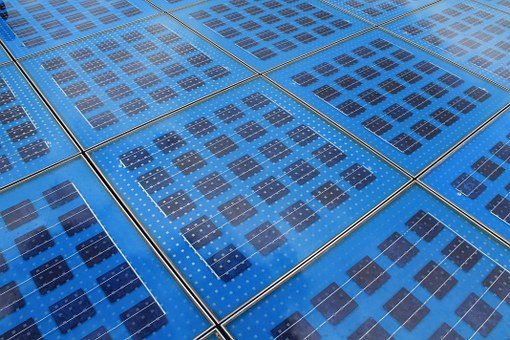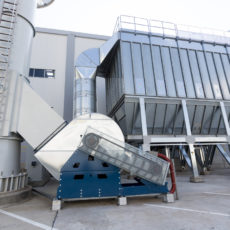The talk of the town is Renewables. Finally – am I right?! But let’s not dwell on the length of time it’s taken to get this conversation (almost) front and center, let’s just be glad it’s here now. Renewables is the easy one word shortening for ‘Renewable Energy Sources’. That means sources of energy which are not depleted when used. There are several types of sources that fall into this category: wind; solar; geothermal; hydropower; bioenergy; and tidal power.

The earth gives us (most of) these incredible energy sources – it’s up to us to tap into them. All of these sources are clean and green and are able to be replenished naturally over time, and therefore rank far above the current choices of fossil fuels for energy production, for the future survival of our planet and humankind. But perhaps we don’t know them as well as we should. So let’s take a closer look at each. There will be a series of articles for you to peruse on The Renewables. You have probably seen the previous article from our “Source Series – The Bu$ine$$ of $olar”. This is a great read on the financial (and other) reasons we should be looking to the sun to power our lives. But we’ve been asked for a little more historical and functional information – so please, read on. And in upcoming editions, expect to get some nitty gritty on wind; geothermal; bioenergy; hydropower; and tidal and wave power.
Solar power was first harnessed in 1876. It was discovered that when selenium was exposed to sunlight it produced electricity. This wasn’t very efficient, but it proved that light, without heat or moving parts, could be converted into electricity. So with the development of silicon solar cells in 1953 it was stated that we were entering a new era, being able to harness the almost limitless energy of the sun to power civilization. This silicon solar cell had 4% efficiency. In 1959 10% efficient, commercially available solar cells were produced. In the 1970s Exxon funded research that saw the discovery of less expensive solar cells. Most offshore oil rigs used the solar cells to power the warning lights atop the enormous rigs. Irony, anyone?? In 1985 the University of Wales breaks the 20% efficiency, and in 1994 the U.S. National Renewable Energy Laboratory develops a solar cell (made from gallium indium phosphide and gallium arsenide) which becomes the first to exceed 30% efficiency. Today, solar panels are available in the form of glass, fabric, roof tiles, and other building materials, and are really quite inexpensive. We’re still working on the efficiency.

So how does it work? The Photovoltaic Effect. Cool name, huh? This cool name refers to the conversion of light into electricity. Light is received onto a silicon solar cell. When light (photons) strike certain compounds this causes the surface of the material to emit electrons. When light strikes other compounds, it causes the material to accept electrons. It is this recombination activity which causes energy to be released – which is what we capture as electricity. This is sent to an inverter to convert it from the feeble DC electricity to reliable high voltage AC electricity. Can this then translate to producing vast amounts of power? Yes, it most certainly can! There are currently enough solar installations in the U.S. to power 5.7 million average American homes. Pretty impressive, right? And once the technology, which is evolving at a rapid rate, can harness and store solar energy more effectively, we will see more and more use of this amazing, infinite energy source. A desert area of 10 x 15 miles could provide 20,000 megawatts of power (that’s enough to power 3.5 million average American homes for one year). The Office of Energy Efficiency and Renewable Energy (part of the Department of Energy) is hard at work researching solar opportunities and developing tech. They have investment of approximately $179 Million for their current portfolio of projects.
We should also not forget the integral role the sun plays in producing almost all the other renewable energy sources: heat from the sun creates wind; wind creates waves; the sun evaporates water, released as rain which then fills dams; the gravitational pull of the sun and moon creates the tides; the sun’s energy is stored in biomass and grows crops used for biogas…that big ball of hot plasma and glowing gases is pretty darn important to Earthlings.
The news about the future of solar energy is definitely positive – Vance Joy might have been seeing into the future with his lyric “no ray of sunlight’s ever lost”.



